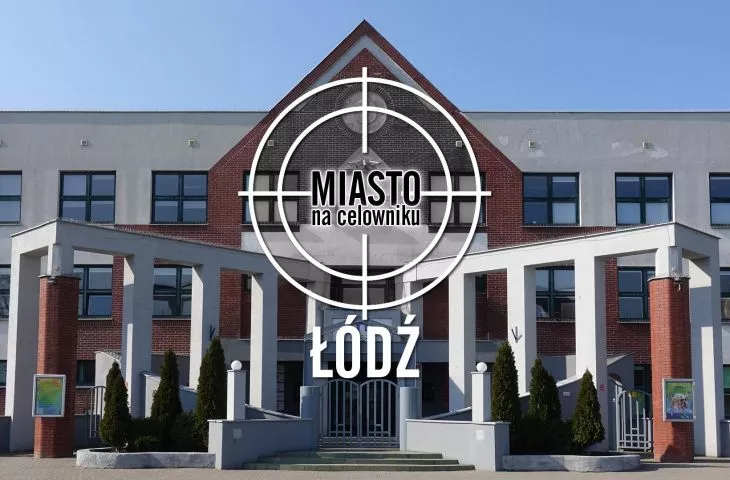"We felt like we were in a personal audience with the Pope." This is how Zbigniew Maciekow described his first meeting with Wojciech Jarząbek. Denim jacket, cowboy boots, catfish beard. The Western image went hand in hand with Western architecture, of which the Solpol department store in Wroclaw became an icon.
architecture and colorful jackets
At Solpol, everything was worldly. The architect, who had returned from foreign contracts for Kuwaiti sheikhs barely a moment before. Technical solutions, "aluminum facades, stone cladding." The investor, which was Zygmunt Solorz, the founder of Polsat. Finally - the architecture of the building itself, operating with strong colors, bold forms and being an individual, local interpretation of solutions used in the mythical West.
Vibrant colors were, along with reflective glass, one of the most distinctive elements that distinguished the new era. They were supposed to be an antidote to the shabby grayness of communistarchitecture (which in fact was not gray at all!).
The association of brightness with modernity was quite strong in Poland, Olga Drenda wrote in "Polish Duchology." At the time, the favorite color of Czech plasticine or orthalion tracksuit: fuchsia pink, sea green.
The plastic color scheme of Solpol's details - faded pink, purple, turquoise green - is a distant echo of the aesthetics of the works of Graves or Moore. It brings to mind the Charlotte Hornets' orthalion jackets, popular in the mid-1990s, shimmering in sea green, purple and white, with numerous appliqués and an inseparable image of a hornet on the back and chest.
Wrocław's Solpol - an architectural icon of the times of transformation by Wojciech Jarząbek.
Photo: Błażej Ciarkowski
Jarząbek's realization is one of the architectural icons (the greatest?) of the times of transformation. It represents an outstanding individual achievement, and at the same time is a document of an era. Despite this, it is not subject to protection, and successive demands to include Solpol in the register of monuments ended in media wranglings and strong objections from preservation services. Rumors of the demolition of Jarząbek's work have so far not been confirmed. If this were to happen, we would lose one of the most interesting examples of postmodernism in Polish architecture.










































